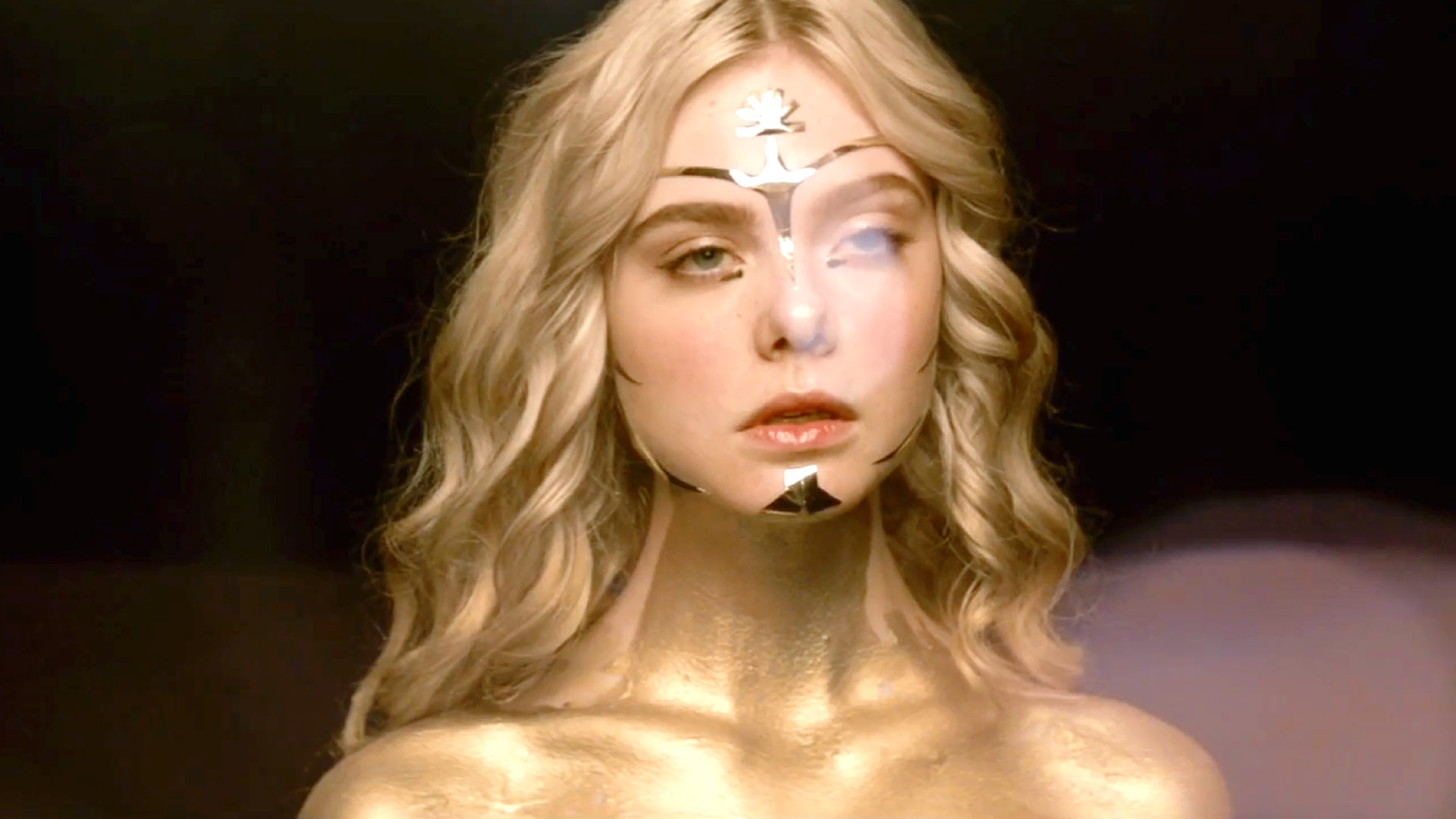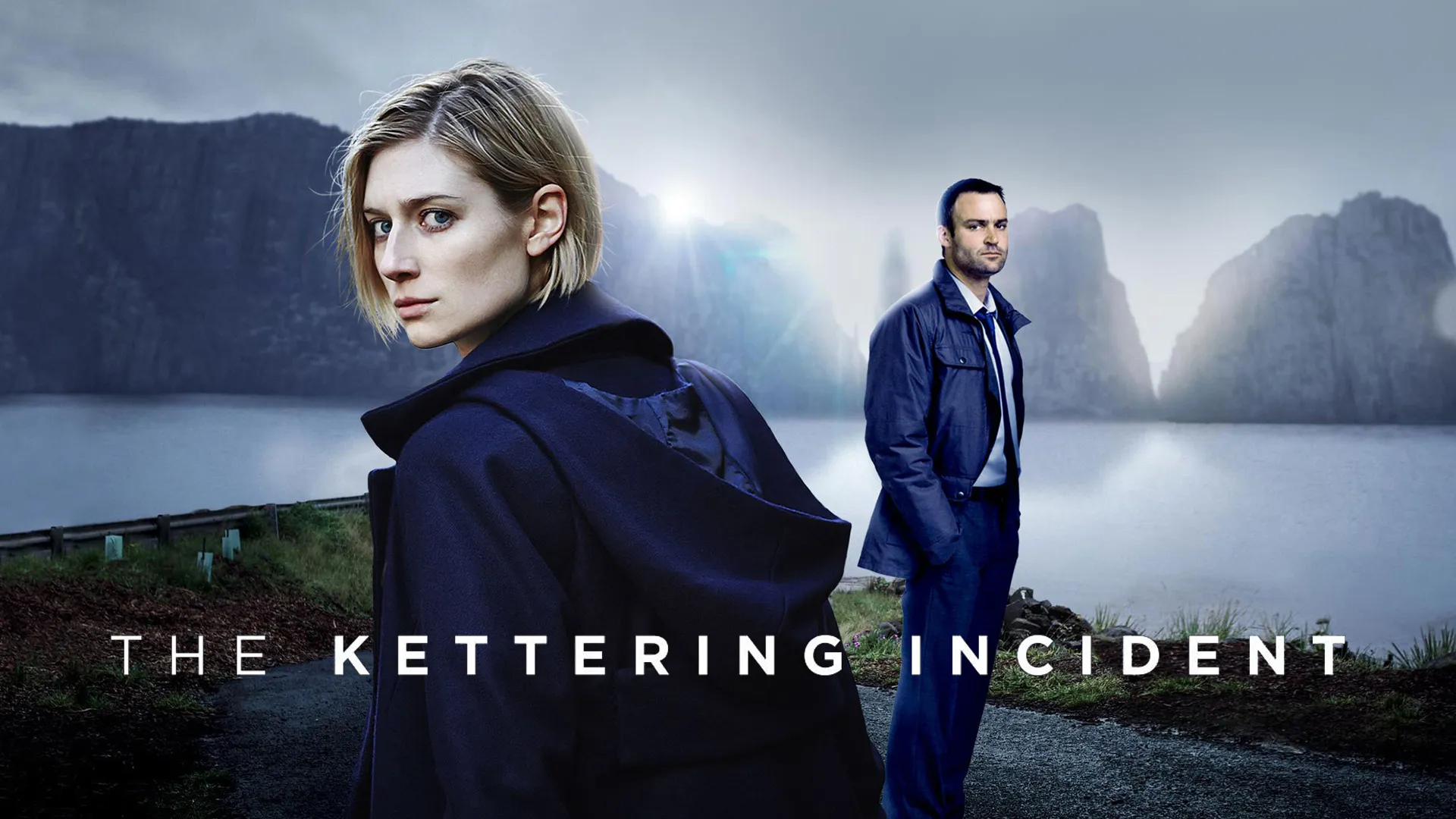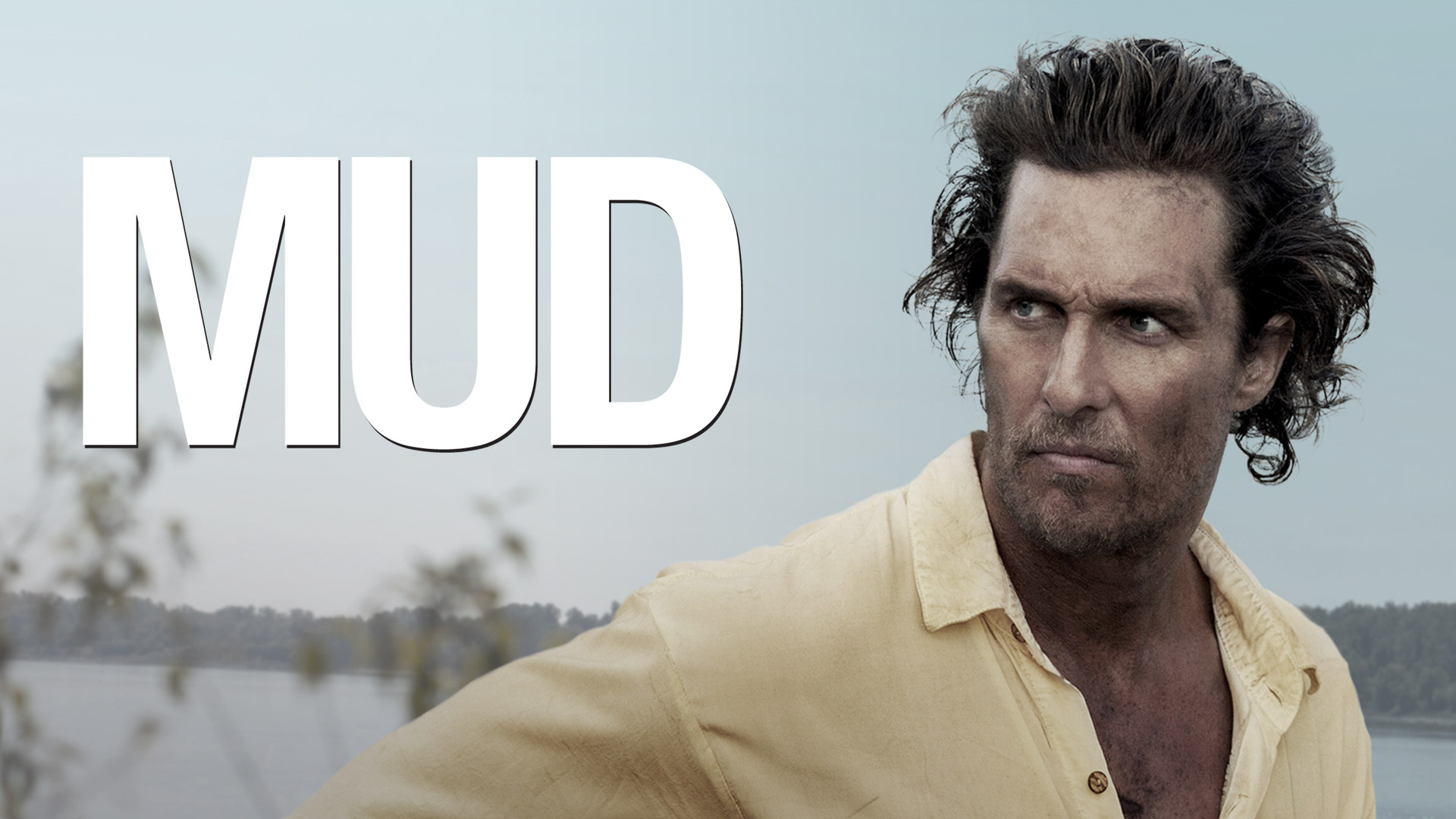“The Neon Demon” (2016): A Haunting Vision of Beauty, Obsession, and Darkness
Directed by Nicolas Winding Refn, The Neon Demon (2016) is a bold, polarizing, and hypnotic exploration of beauty, vanity, and the ruthless nature of the fashion industry. Set in the surreal and predatory world of Los Angeles modeling, the film blends horror, psychological thriller, and art-house aesthetics to deliver a disturbing yet visually arresting tale that lingers long after the credits roll. With Refn’s signature style—neon-drenched lighting, slow pacing, and pulsing synth soundtracks—the film is as much a sensory experience as it is a narrative.
At the center of the story is Jesse, played with a chilling innocence by Elle Fanning. A 16-year-old aspiring model from small-town Georgia, Jesse arrives in L.A. with wide eyes and natural beauty that immediately captures the attention of photographers, designers, and modeling agents. Her rise is meteoric—but in a world where beauty is currency, and youth is power, Jesse’s presence disrupts a fragile hierarchy. Her success ignites envy and obsession among the other women around her, including makeup artist Ruby (Jena Malone) and two experienced models, Gigi (Bella Heathcote) and Sarah (Abbey Lee), whose desperation grows as Jesse becomes the new face of the industry.

What begins as a story of ambition and self-discovery gradually morphs into something darker, more symbolic, and nightmarish. The film doesn't follow a conventional plot, instead unfolding as a series of unsettling vignettes that reflect Jesse's transformation from innocent newcomer to cold, self-aware idol. The deeper she is pulled into the fashion world, the more surreal and sinister the film becomes. As the tension builds, it becomes clear that the people around her are not merely competitors—they are predators in a literal and metaphorical sense.
Refn uses style as substance in The Neon Demon. The film’s glossy surfaces, symmetrical framing, and vibrant neon color palette serve to emphasize the artificiality and emptiness of the world Jesse inhabits. The score, composed by Cliff Martinez, pulses with an electronic intensity that mirrors Jesse's descent into a world of seduction, danger, and ultimately, horror. The film is not subtle in its critique: beauty is both worshipped and devoured, and those who possess it are simultaneously idolized and consumed.

The performances, especially from Fanning and Malone, are intense and fearless. Fanning portrays Jesse’s evolution from vulnerability to cold detachment with haunting precision, while Malone gives one of the film’s most shocking and layered performances as Ruby, whose obsession with Jesse leads to one of the film’s most disturbing scenes. The rest of the cast is equally committed, adding to the film’s eerie, dreamlike tone.
Critics were deeply divided on The Neon Demon. Some hailed it as a brilliant, avant-garde masterpiece, while others dismissed it as pretentious and exploitative. But regardless of where one lands, the film is undeniably bold and uncompromising in its vision. The Neon Demon is a meditation on the price of beauty in a world that commodifies human appearance—and the monstrous consequences that can arise when that obsession goes unchecked.


